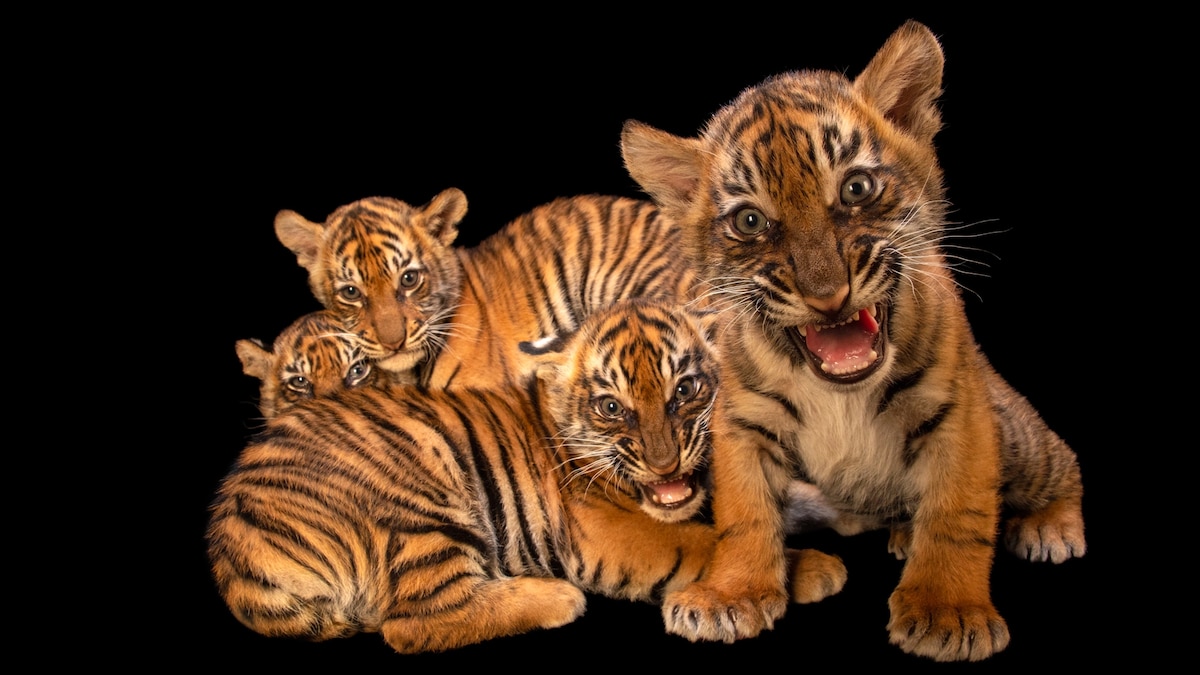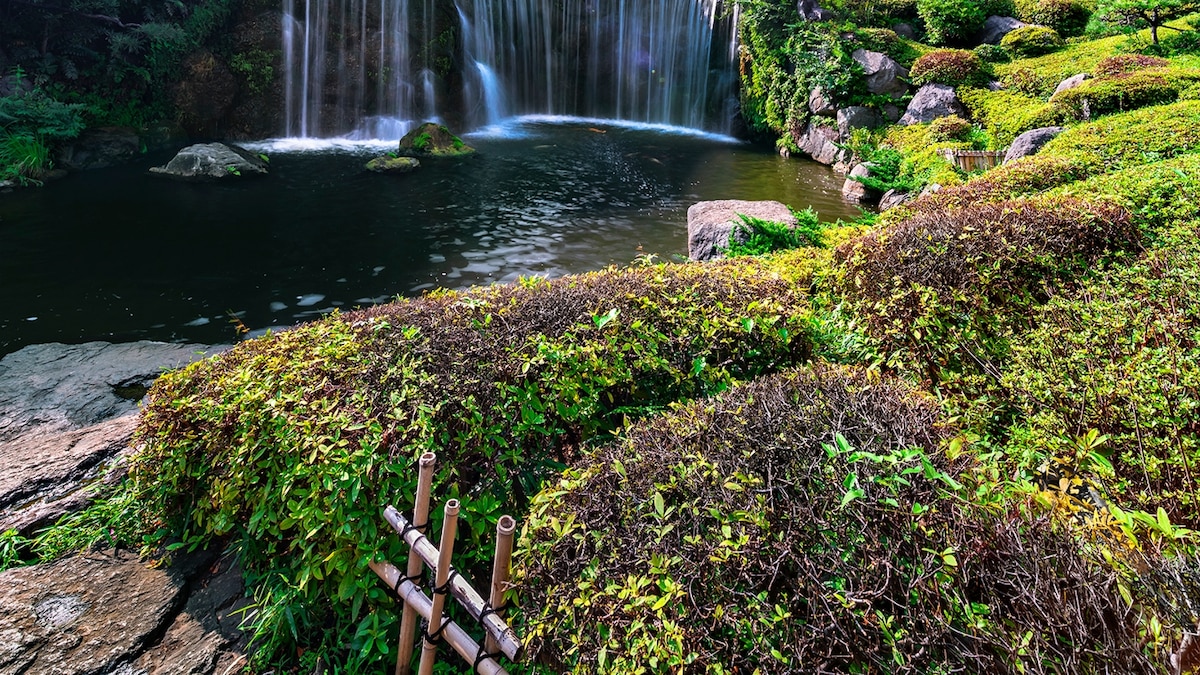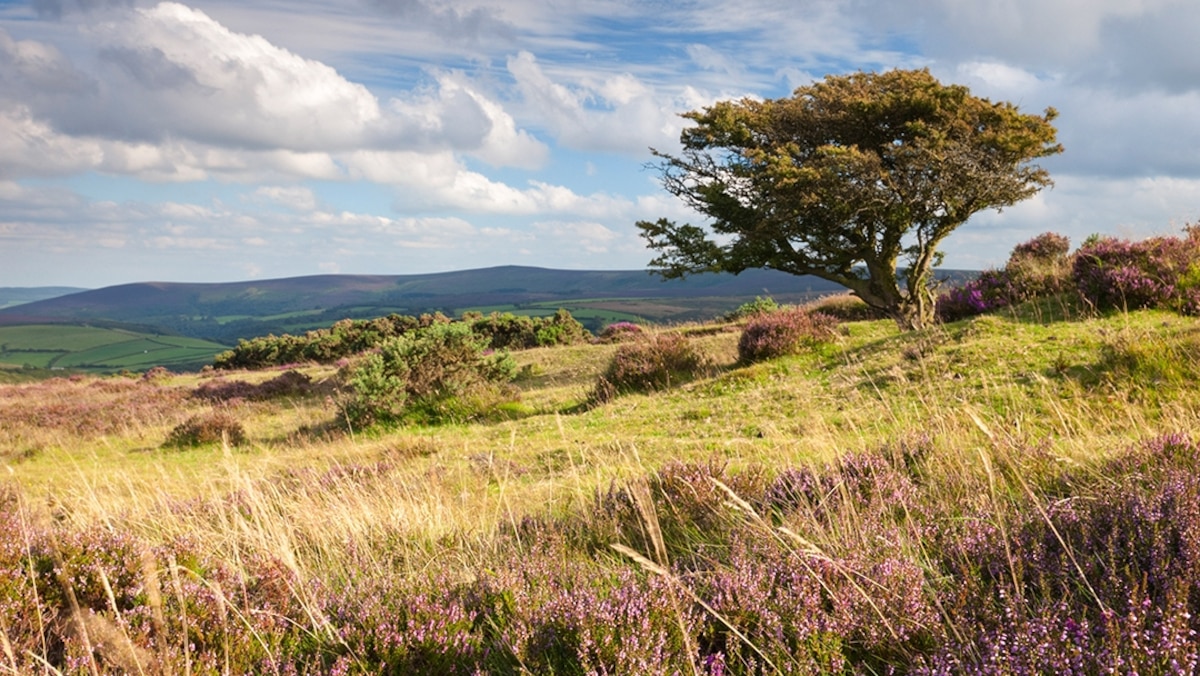Now Reading: We’ve got your daily fix of adorable baby animal photos
-
01
We’ve got your daily fix of adorable baby animal photos
We’ve got your daily fix of adorable baby animal photos

Story and photographs byJoel Sartore
Photo Ark Babies is National Geographic Explorer Joel Sartore‘s sixth book exploring the marvels of the animal world through his ongoing National Geographic Photo Ark project, a multi-year mission to photograph animals in human care around the world, emphasizing those liable to be lost forever due to species extinction.
Of all the images I’ve taken for the Photo Ark over the past 18 years, people often ask me, “What’s your favorite?” I smile and say, “The next one.” I’ve got to care about all creatures great and small, after all, and can’t afford to discriminate.
But secretly, I think immediately about one image in the back of my mind. It’s odd, because the photo is as simple as can be, but to me it stands above the rest.
It’s the baby Malayan tapir at the Minnesota Zoo.
I often think about the day I met her. I was at the zoo to photograph other species, but as I wound down for the day, a couple of the zookeepers insisted I get a photo of their new baby, just six days old. I told them I already had an adult Tapirus indicus, shot at Omaha’s Henry Doorly Zoo many years earlier, and that I’d never finish the Photo Ark if I documented all the baby animals.
Still, the keepers pressed on, so we made our way across the zoo and into a maternity stall in the tapir holding area. Everyone had huge smiles as they watched me round the corner, and for good reason.
There, in a simple room filled with straw, stood mother and child, as if they were expecting me. The mom, named Bertie, had been eating a bit, while the baby, named Amirah, stood there looking at me. And my heart just melted.

Malayan tapirTapirus indicus (EN).
This six-day-old stocky baby is native to the swamps and tropical forests of Southeast Asia. While adult tapirs have white backs and rumps with black heads, shoulders, and legs, the young are speckled, better to blend in with the shifting light of their habitat.

Indian rhinocerosesRhinoceros unicornis (VU).

Green turtleChelonia mydas (EN).
This hatchling may be small, but so much about the species is outsize. It is the largest hard-shelled sea turtle, has a vast range across most of the world’s oceans, and can live up to 80 years.

Sumatran orangutanPongo abelii (CR).
The young one was tiny, not much bigger than a loaf of bread. Not only was she cute, but she was also unlike anything I’d ever seen. Though Bertie was half white and half black, just as adult Malayan tapirs are famous for, her baby was black as night and covered with white spots and stripes. I couldn’t believe my eyes.
This was no accident: Mother Nature designed these markings for good reason. In the wild, when lying down on a forest floor dappled with spots of sunlight, this baby would literally disappear. And because baby tapirs spend all day waiting for Mom to return from feeding, this camouflage is perfect for hiding from predators. The baby would look just like Mom in a few months, once large enough to fight (and flee) on her own.
The shoot took only a few minutes, then I headed out to my car. I kept right on smiling, though, thinking about how lucky I was, both that the keepers urged me to take pictures and that I’d witnessed something few ever get to see. That baby tapir has turned out to be one of the Photo Ark’s most popular animals over the years.

KoalasPhascolarctos cinereus (VU).
A newborn koala, called a joey, resembles a pink jelly bean. It stays in its mother’s pouch for seven months, nursing or eating predigested leaves, and remains with her until the next joey is born.

Standing’s day geckosPhelsuma standingi (VU).
This colorful, tree-dwelling lizard native to southwestern Madagascar is one of the largest living species of day gecko. Its population is declining in part because it is harvested for the international pet trade.

Small-spotted catsharksScyliorhinus canicula (LC).
Known as a mermaid’s purse to beachcombers, the egg pouch of a catshark shelters a developing embryo nourished by a yolk. When the baby catshark hatches after several months, it is no bigger than a credit card.
Beyond that moment in 2011, I’ve thought ever since of how fortunate I’ve been to be the guy who’s building the Photo Ark. I’ve literally had a front-row seat to the wonders of nature, young and old, big and small. Every day, I’m thrilled and amazed by who stares into my camera lens, especially when they’re newly minted.
I’ve also learned that cuteness has zero to do with the mechanics of survival in the wild. While the tapir exhibited one strategy for hiding, there are myriad ways to overcome the vulnerability of youth. As I see it, if you’re a youngster in this dog-eat-dog world, you have three main methods to make it: You can blend in, take off, or let your parents defend you.
Hiding makes a lot of sense for many animals. Shorebirds often scrape a simple depression in gravel or sand, then lay eggs that blend right in. Once hatched, their chicks are nearly as speckled and are camouflaged too. You literally can have a nest between your feet and miss it. Aquatic invertebrates can vanish under rocks on the floor of a streambed. Young geckos blend perfectly into the moss on a tree.
Running off is another option. Ungulates like wildebeests and zebras go from newborn to walking in minutes. Precocial birds from ostriches to prairie chickens hatch, dry, and are ready to follow Mom soon after. She’ll teach them what to eat, how to shelter from storms, and how to escape from the bad guys.
To me, baby mussels are the most interesting of all. Mom coaxes a stream fish to come close by making a lure from her own flesh that looks tasty, like a worm or even a small fish. But that lure is a Trojan horse, filled with her tiny larvae. If a fish takes the bait, thousands of microscopic baby mussels explode out. Though only a handful are lucky enough to attach to the fish, those that do grab on will fall off their host weeks later to start a new life somewhere else. Mussels can’t really move on their own, so this is their ingenious way to move the species upstream.

African savanna elephantsLoxodonta africana (EN).
When a mother returns to the herd after giving birth, the other elephants give her new calf a close inspection. The calf learns from the herd how to use its trunk, forage, and negotiate obstacles.
Then there’s the way we humans and many mammals do it: longterm parental care. Like the baby tapir, newborn tigers stay put to nurse from Mom. Adults bring the youngsters solid food until they’re old enough to hunt on their own. Monkeys, opossums, and bats literally carry their young around, providing safety and teaching moments along the way. Orca, dolphin, elephant, and gorilla offspring stay with their parents for years, just like we do.
You May Also Like
All these strategies may seem obvious, but every one of them has been honed over time, handed down through thousands of generations. If it works, it stays. If not, it’s gone. Simple as that.
And finally, one more baby story, from Omaha’s Henry Doorly Zoo and Aquarium.
I’d long wanted to get a shot of an African savanna elephant against a white background, but it took a baby to make it happen.
The nonprofit National Geographic Society, committed to illuminating and protecting the wonder of our world, funded Explorer Joel Sartore’s work. Learn more about the Society’s support of Explorers.




























